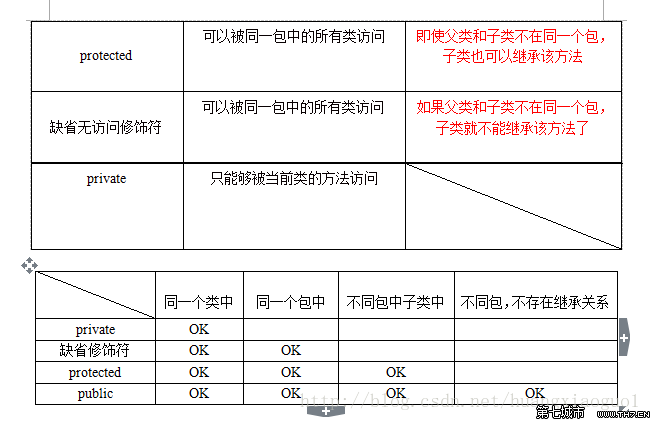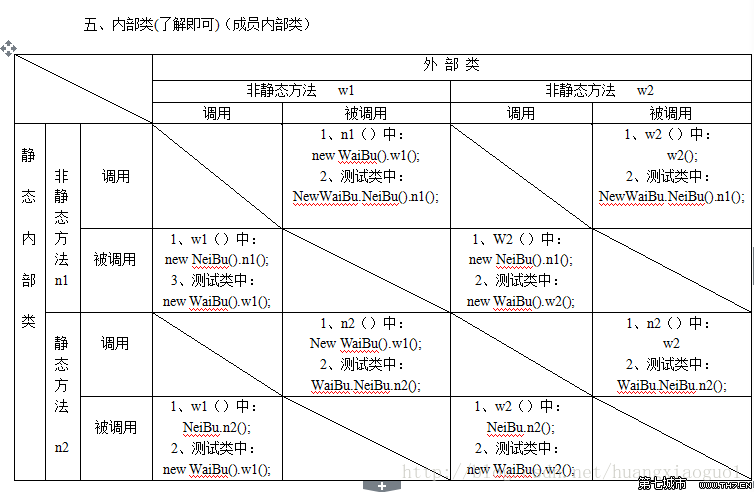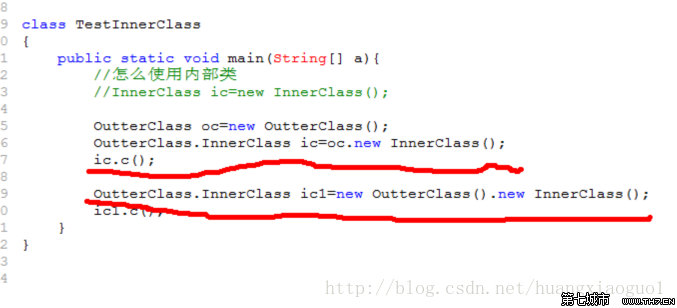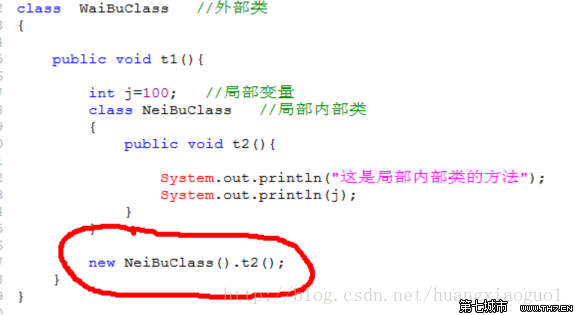Regaining the basics of Java (10): Summary of the concept of packages
Regaining the Basics of Java (10): Summary of the Concept of Packages
1. The Concept of Packages
1. A package refers to a folder created during Java compilation in order to distinguish the subdivisions of each module in Java.
2. The package is usually filled with bytecode files (.class) generated after compiling the class.
3. The naming of the package is usually the company domain name. Project name. Module name ( com.taobao.denglu.*)
2. Create a package
1. Creating a package is generally created starting from the current folder.
2. Create a package using the package name.
3. If you do this: package cn.aa.bb Then create the cn folder starting from the current folder. The cn folder includes the aa folder. The aa folder includes the bb folder.
4. Create a package: It is not recommended to create a folder directly on the hard disk and compile javac -d TestPackage.java with the package (you can also write the path after -d, so that it will be built in the path you specified)
5. Run with package: Class name of the class with package: package name. Class name abc.TestPackage Full name of class name
6. Must comply with identifier regulations and cannot start with a dot Or end
7. See the name and know the meaning a.b.c
3. Import package
#1. The import package is a certain one in java package to call classes and methods in another package. At this time, you must import the package path of the class you want to call.
2. Use the import keyword to import packages. But please note that the paths are connected with (dots in English).
3. import package name.class name
;4. Sequence: Declare package>Import package>Definition class
4. Visit the decoration
# 1, decorative category:
A, PUBLIC Unlimited Import Import, you can use
#ser Can be called * Public2 is generally used in front of the class. Modification method. Use C, default modifier package permissions D, private class permissions


 #6. Local classes
#6. Local classes
Local variables: variables defined in a method
- 2. Local inner class: a class defined in a method
3. The scope of use of a local inner class is the same as that of a local variable
4. When a method in a local inner class is called, its position is as follows Figure
 ##7. Anonymous inner classes (key points)
##7. Anonymous inner classes (key points)
2. Internal class without name
- 3. Prerequisite: This class must inherit a class , or implements an interface (only one interface can be implemented) The anonymous inner class cannot provide a constructor
The above is to regain the basics of java (10) : Summary of the concept of packages. For more related content, please pay attention to the PHP Chinese website (www.php.cn)!

Hot AI Tools

Undresser.AI Undress
AI-powered app for creating realistic nude photos

AI Clothes Remover
Online AI tool for removing clothes from photos.

Undress AI Tool
Undress images for free

Clothoff.io
AI clothes remover

Video Face Swap
Swap faces in any video effortlessly with our completely free AI face swap tool!

Hot Article

Hot Tools

Notepad++7.3.1
Easy-to-use and free code editor

SublimeText3 Chinese version
Chinese version, very easy to use

Zend Studio 13.0.1
Powerful PHP integrated development environment

Dreamweaver CS6
Visual web development tools

SublimeText3 Mac version
God-level code editing software (SublimeText3)

Hot Topics
 1386
1386
 52
52
 Perfect Number in Java
Aug 30, 2024 pm 04:28 PM
Perfect Number in Java
Aug 30, 2024 pm 04:28 PM
Guide to Perfect Number in Java. Here we discuss the Definition, How to check Perfect number in Java?, examples with code implementation.
 Weka in Java
Aug 30, 2024 pm 04:28 PM
Weka in Java
Aug 30, 2024 pm 04:28 PM
Guide to Weka in Java. Here we discuss the Introduction, how to use weka java, the type of platform, and advantages with examples.
 Smith Number in Java
Aug 30, 2024 pm 04:28 PM
Smith Number in Java
Aug 30, 2024 pm 04:28 PM
Guide to Smith Number in Java. Here we discuss the Definition, How to check smith number in Java? example with code implementation.
 Java Spring Interview Questions
Aug 30, 2024 pm 04:29 PM
Java Spring Interview Questions
Aug 30, 2024 pm 04:29 PM
In this article, we have kept the most asked Java Spring Interview Questions with their detailed answers. So that you can crack the interview.
 Break or return from Java 8 stream forEach?
Feb 07, 2025 pm 12:09 PM
Break or return from Java 8 stream forEach?
Feb 07, 2025 pm 12:09 PM
Java 8 introduces the Stream API, providing a powerful and expressive way to process data collections. However, a common question when using Stream is: How to break or return from a forEach operation? Traditional loops allow for early interruption or return, but Stream's forEach method does not directly support this method. This article will explain the reasons and explore alternative methods for implementing premature termination in Stream processing systems. Further reading: Java Stream API improvements Understand Stream forEach The forEach method is a terminal operation that performs one operation on each element in the Stream. Its design intention is
 TimeStamp to Date in Java
Aug 30, 2024 pm 04:28 PM
TimeStamp to Date in Java
Aug 30, 2024 pm 04:28 PM
Guide to TimeStamp to Date in Java. Here we also discuss the introduction and how to convert timestamp to date in java along with examples.
 Java Program to Find the Volume of Capsule
Feb 07, 2025 am 11:37 AM
Java Program to Find the Volume of Capsule
Feb 07, 2025 am 11:37 AM
Capsules are three-dimensional geometric figures, composed of a cylinder and a hemisphere at both ends. The volume of the capsule can be calculated by adding the volume of the cylinder and the volume of the hemisphere at both ends. This tutorial will discuss how to calculate the volume of a given capsule in Java using different methods. Capsule volume formula The formula for capsule volume is as follows: Capsule volume = Cylindrical volume Volume Two hemisphere volume in, r: The radius of the hemisphere. h: The height of the cylinder (excluding the hemisphere). Example 1 enter Radius = 5 units Height = 10 units Output Volume = 1570.8 cubic units explain Calculate volume using formula: Volume = π × r2 × h (4
 Create the Future: Java Programming for Absolute Beginners
Oct 13, 2024 pm 01:32 PM
Create the Future: Java Programming for Absolute Beginners
Oct 13, 2024 pm 01:32 PM
Java is a popular programming language that can be learned by both beginners and experienced developers. This tutorial starts with basic concepts and progresses through advanced topics. After installing the Java Development Kit, you can practice programming by creating a simple "Hello, World!" program. After you understand the code, use the command prompt to compile and run the program, and "Hello, World!" will be output on the console. Learning Java starts your programming journey, and as your mastery deepens, you can create more complex applications.




